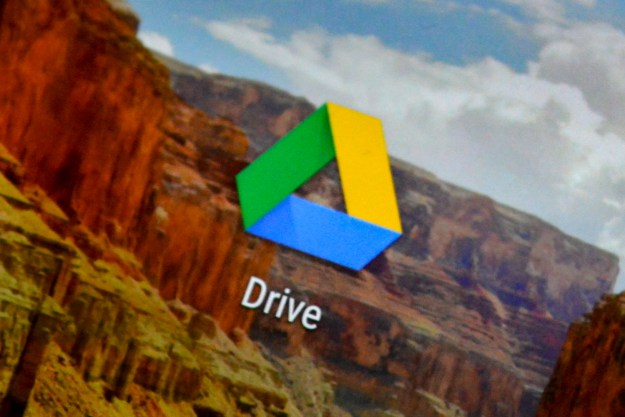
News Corp’s Rupert Murdoch has begun waging a fight for newspapers and other paid content providers to lock their content behind so-called “paywalls” so only paid subscribers may have access. The move is based in part on the comparative success of the Wall Street Journal locking its specialized content behind a paywall (News Corp owns the Wall Street Journal), and Murdoch has repeatedly threatened to take the major of News Corp’s considerably newspaper and magazine content behind paywalls and prevent Google and other search engines from indexing the content. So far, the rest of the industry remains skeptical that locking away content is really a good way to save newspapers from the ravages of online content delivery.
Today, Google offered a little bit of an olive branch to paid content creators, announcing an update to its “first click free” progam taht gives publishers some control over how their content can be access through Google News and Google’s search engine. The changes enable publishers to limit non-paying users to five items per day without registering or subscribing.
“While we’re happy to see that a number of publishers are already using First Click Free, we’ve found that some who might try it are worried about people abusing the spirit of First Click Free to access almost all of their content,” Google’s John Mueller wrote in the company’s Webmaster Central blog. “As most users are generally happy to be able to access just a few pages from these premium content providers, we’ve decided to allow publishers to limit the number of accesses under the First Click Free policy to five free accesses per user each day.”
The upshot is that Google users to regularly tap into registration-only or paid content sources via Google News or Web searches may start to see registration or subscription pages instead of actual content, but only if they try to pull up more than five items from a publisher in a particular day.
The changes to First Click Free may be seen as a conciliatory more that gives Google and the paid content industry a little more breathing room to work out a solution to their current brouhaha. However, it is unlikely to solve the problem for major publishers like Murdoch, who consider Google’s indexing of their paid content tantamount to theft.
Editors' Recommendations
- How to delete a file from Google Drive on desktop and mobile
- The best resume templates for Google Docs
- How to do hanging indent on Google Docs
- Google Drive vs. Dropbox: which is best in 2024?
- Google’s AI just got ears


